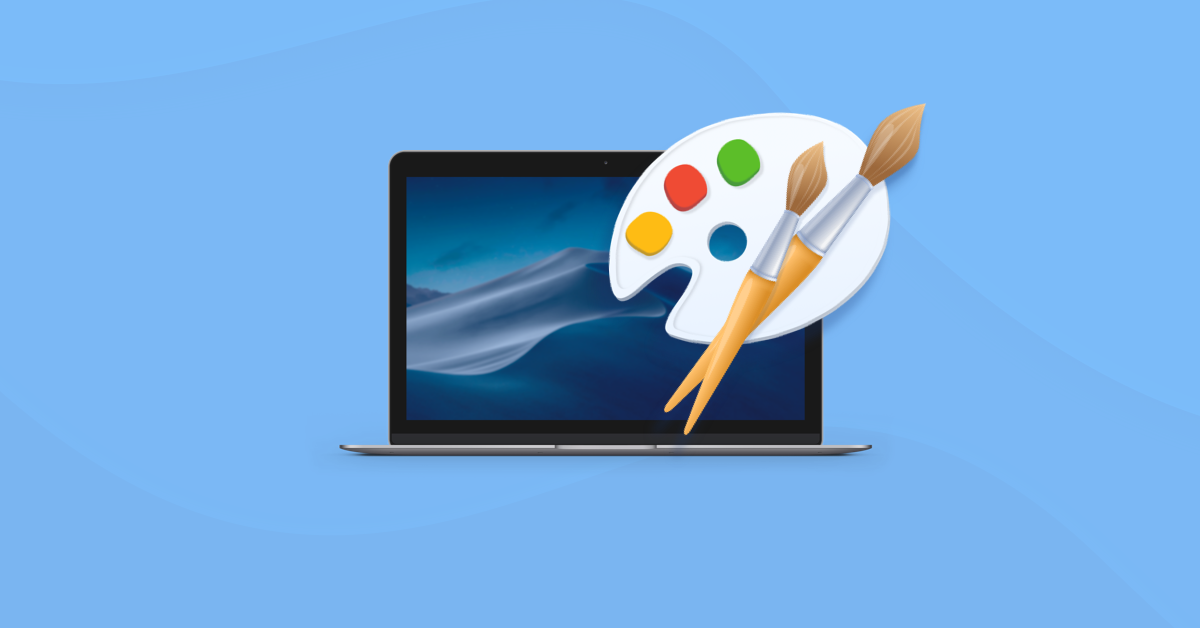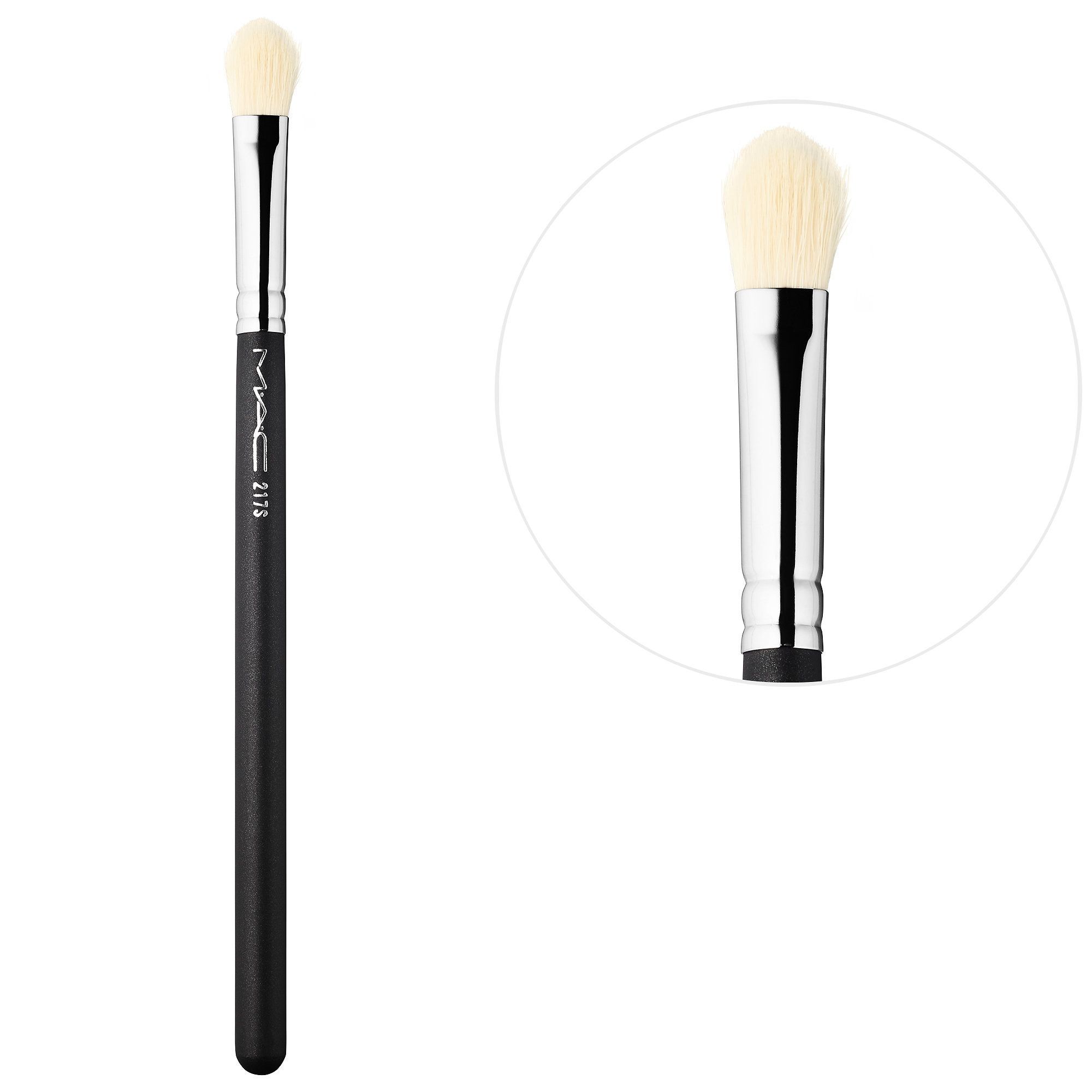

- #HOW TO MAKE AN IMAGE SMALLER IN PAINTBRUSH MAC HOW TO#
- #HOW TO MAKE AN IMAGE SMALLER IN PAINTBRUSH MAC PDF#
Lastly, if your PDF consists of more than one page, you will have to take a screenshot of each and every page to edit it in Paint.There is no option to perform OCR to convert the image file into an editable format.You cannot convert or edit the text present in the PDF file using Paint.The whole PDF page might not fit on the screen, so, you will not be able to take a screenshot of the PDF file.As the Paint will use the image format instead of the PDF file, so, the quality of the document will not be that good.Shortcomings of Using Paint to Edit PDF Files: After editing the file, save the image file on your computer. You will see the particular page of the PDF file you can edit it using different tools present in Microsoft Paint.Alternatively, you can use the "Ctrl + V" shortcut to paste the image. Now, open the Paint on your computer, click on the "Edit" button and click on "Paste".This will take a screenshot of the PDF page. Once the file is opened, fit the PDF page to the screen and click on the "Prt Scrn" on your keyboard. You can use any PDF reader to open the file on windows. First of all, you will need to open the PDF file on your computer.

#HOW TO MAKE AN IMAGE SMALLER IN PAINTBRUSH MAC HOW TO#
For other brushes, such as airbrushes, the Grain slider is not available.Tips on How to Edit a PDF in Paint DirectlyĮditing PDF in Paint is easy, but this is just for Windows, please follow the steps here: Move it to the right to increase penetration and reveal less grain.įor liquid media brushes, Grain controls the amount of "pull." For Image Hose brushes, Grain controls the mixture with the additional color. Move the slider to the left to reduce penetration and reveal more texture. Hold down the mouse button and carefully paint in the new pixels. On the property bar, move the Grain slider, or type a percentage in the Grain box. Release the Alt key and move your mouse over to the area youd like to remove. For example, 1 equals 10% opacity, 5 equals 50% opacity, and 0 equals 100% opacity. Each number key is mapped to a fixed percentage. When the Brush tool is active, you can set opacity by pressing a number key. Some methods and dab types do not allow you to adjust opacity. When the setting is high, the applied color covers underlying pixels more completely. When the Opacity setting is low, the applied color is thin, so you can see through to the underlying colors. On the property bar, move the Opacity slider, or type a percentage in the Opacity box. You can also disable the scaling option in all areas by choosing Corel Painter 2017 Preferences General (Mac OS) or Edit Preferences General (Windows) and enabling the Disable feature scaling when resizing brush. You can specify the default brush size increment value in pixels by choosing Corel Painter 2017 Preferences General (Mac OS) or Edit Preferences General (Windows) and typing a pixel value in the Brush size increment box. You can also increase brush size incrementally by pressing the right square bracket ( ] ) key or decrease brush size by pressing the left square bracket ( [ ) key. If you want to scale the brushstroke feature proportionally with the brush size, click the Scale Feature with Brush Size button on the property bar, which is available for some brushes.Ĭorel Painter may need to rebuild the brush after you resize it therefore, you can expect a short delay. On the property bar, move the Size slider, or type a value in the Size box. In the Brush library panel, click a brush category, and click a brush variant.
To set brush sizeĬlick the Brush Selector on the Brush Selector bar. For more information, see Adjusting brushes with brush controls. For example, you can set a minimum brushstroke size to control the tapering and widening of brushstrokes as stylus pressure or direction is varied. You can also access additional brush controls to further customize brushes. The circle provides a visual representation of the brush size onscreen.


 0 kommentar(er)
0 kommentar(er)
